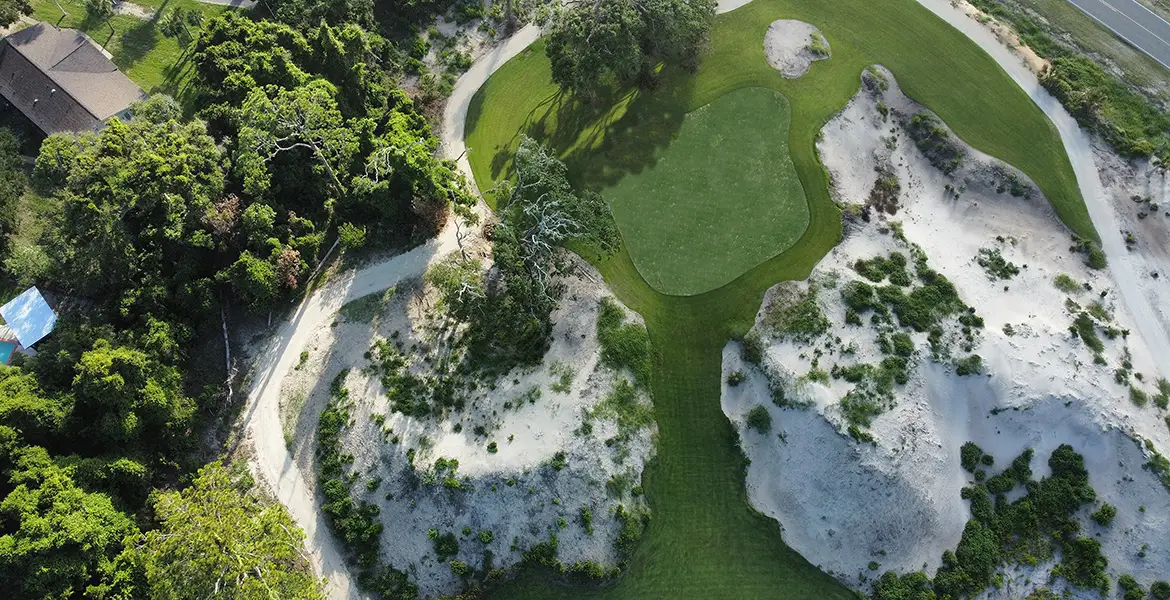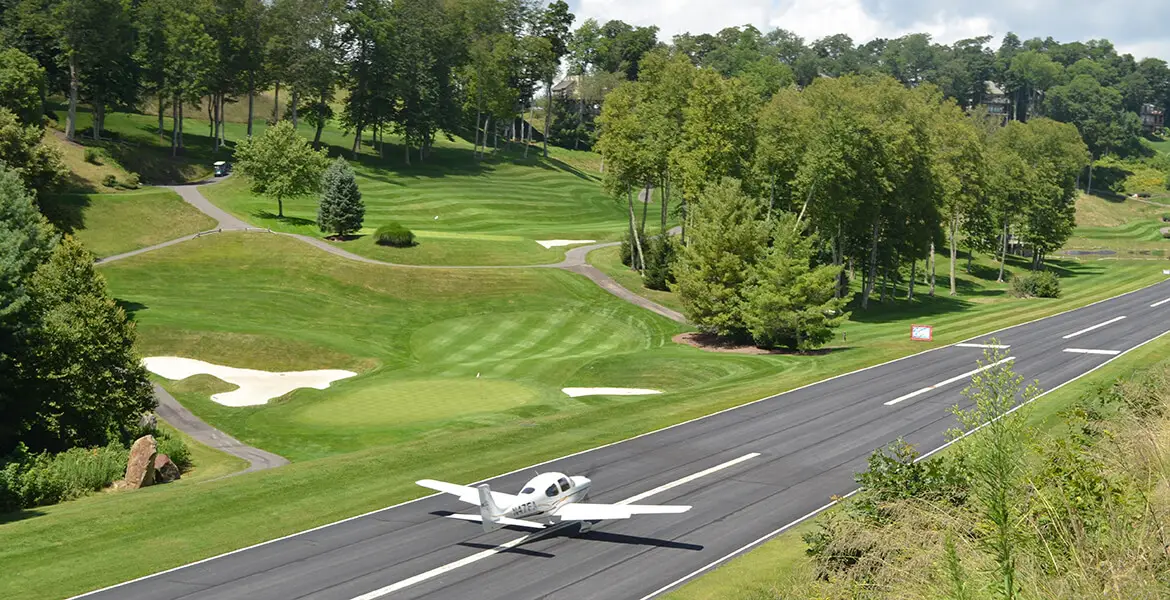Even before Hurricane Helene came ashore on September 26, 2024, in the Big Bend region of Florida, the people of Western North Carolina were on high alert. Appalachia has often fallen victim to significant flooding and property damage as a result of weakened hurricanes and their remnants, despite being many miles inland from coastal areas. On September 25, a tropical storm warning had been issued for the region. The same day, North Carolina Governor Roy Cooper declared a state of emergency for the entire state. But no one was prepared for the devastation that would follow two days later when Helene moved in.
Record-breaking amounts of rain fell. The city of Asheville received 13.98 inches in just three days. The result was catastrophic flooding as rivers and streams throughout the area overflowed. Two western North Carolina towns were completely destroyed. Others, including Asheville, saw entire communities and neighborhoods, including Asheville’s popular Arts District, get swept away. Infrastructure was shattered. The city and surrounding area were without water and power for weeks. More than 400 roads were closed, including major highways. Over 100 people lost their lives.
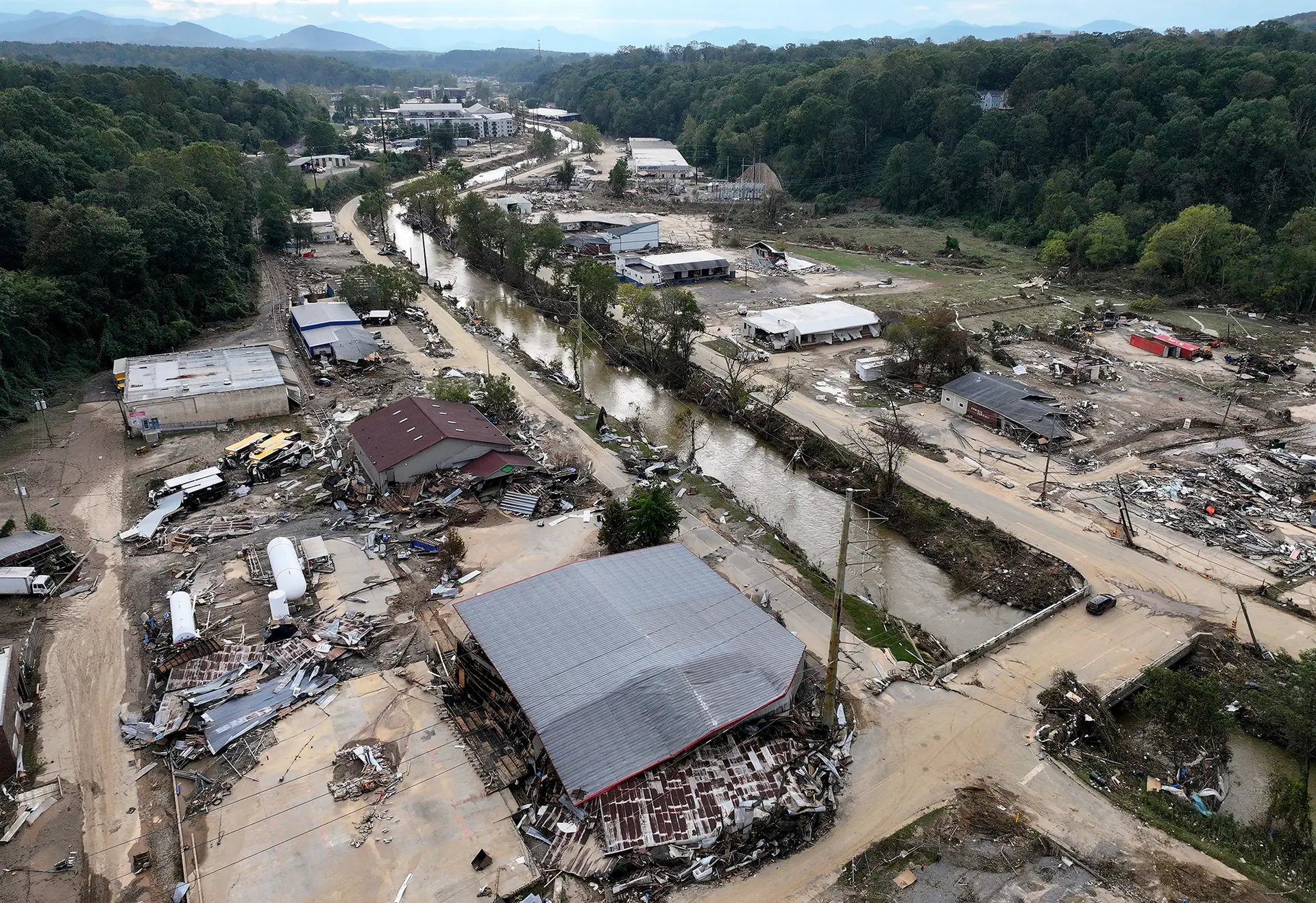
Against that backdrop, the effect of the storm on the area’s golf courses was the least of anyone’s concerns. Everyone knew that it could be years before the area would even contemplate saying that it had fully recovered. But after the water receded and the recovery period began, golfers, course owners, and superintendents started surveying the damage. Some courses escaped the worst. Others, and particularly those affected by the flooding of the French Broad and Swannanoa Rivers and their tributaries, weren’t so lucky.
“We were extremely fortunate,” says Steve Shand, golf course superintendent at The Cliffs at Walnut Cove in Arden near Asheville. “We’re just kind of tucked into a little valley, and the water worked around us and there were no twisters on top of us—just a lot of wind and a ton of rain but no major damage, no extensive water damage.
We’d just wrapped up putting in Better Billy Bunkers maybe a year or so before, and even after taking 30 inches of rain, we had bunkers that didn’t even wash. The whole community came together and made a positive out of a tough situation.” The course was able to reopen in a short period of time and finish out the 2024 season.
It was a similar story at Biltmore Forest Country Club in Asheville, a 1922 Donald Ross design.
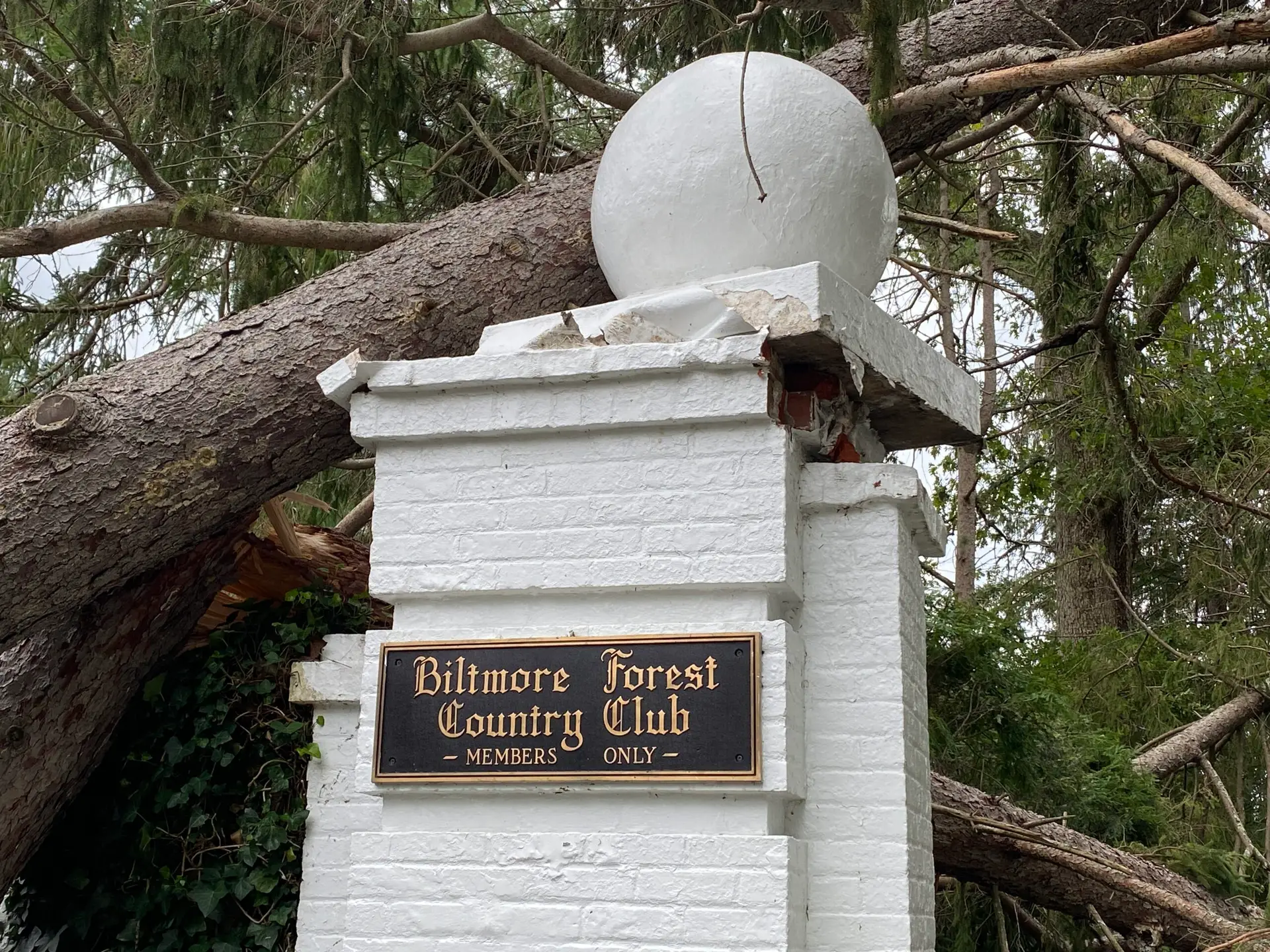
“We were very lucky in that we only had tree damage,” says Biltmore Forest Superintendent Michael Heustis. “We cleaned up 160-plus trees, and with no power, we were shut down for a period of time. But not as long as some others were. What we had to deal with pales in comparison to what a lot of others suffered—not just in Asheville but in other areas like Boone and Banner Elk.”
The club had been scheduled to host the 2025 U.S. Senior Amateur, but because of the storm’s impact on the Asheville area, it ended up trading dates with Oak Hills Country Club in San Antonio. That event will have to wait until 2028 to be contested at Biltmore Forest.
Some other area courses were harder hit but still able to open for play in 2025, including Boone Golf Club and Hound Ears Club in Boone, West Jefferson’s Mountain Aire Golf Club, and Mountain Glen Golf Club in Newland. At Grandfather Golf & Country Club in Linville, several of its closing holes that looped around a lake and its 18th green were severely damaged, and several bridges had to be replaced. But they still managed to open in the spring of 2025.
At the Elk River Club in Banner Elk, the damage from Helene was significantly worse. It lost five greens, and there was a lot of water and tree damage. But the club used the opportunity to execute aspects of a master plan that had been created for it by Jack Nicklaus and Chad Goetz at the Nicklaus Companies. They rebuilt all the tees, greens, and bunkers, improved the course’s drainage, and made some other design changes that had been recommended in the master plan. Plans call for that revitalized course to reopen in May 2026.
Closer to Asheville, where the water running through every river and creek coming out of the mountains seemed determined to end up, two courses suffered widespread damage.
One of them was Asheville Municipal Golf Course, a 1927 Donald Ross course that was both the first public course in North Carolina and also the first racially integrated course in the Southeast. Home to the Skyview Open since 1960, an event that welcomed players of all racial backgrounds, the course was listed on the National Register of Historic Places in 2005.
In 2022, the city began a $3-plus million restoration project aimed at modernizing its infrastructure, restoring Ross’s original bunkers and greens, removing trees, improving the clubhouse facilities, and replacing the cart fleet. That project was being executed when Helene hit.
The Muni, as it’s locally referred to, borders the Swanannoa River, with its front nine located in a floodplain. When the rains came, that front nine flooded in a big way, quickly becoming completely submerged. White caps were reported on the fairways, and the water level rose almost to the top of power poles. The course lost eight greens and fairways, all but three of the front nine’s bunkers, and every one of its tee boxes. The comfort station by the 5th hole was swept away, as were cart paths and trees. The irrigation system suffered significant damage.
A lot of work had to be done to get the back nine opened, which was viewed as an important step for lifting the spirits of the set-upon community. One month after Helene, that back nine reopened. By August of 2025, the front nine had been cleaned up enough to allow it to be used for disc golf until the restoration of that side can begin.
The city contracted with Biohabitats of North Carolina to lead the front nine restoration work, in partnership with Forse Golf Design and Cutlip Golf Design. Ron Forse’s expertise in restoring Ross courses will certainly be a bonus there. The course is hoping to fully reopen in time for its centennial anniversary in 2027.
At Broadmoor Golf Links, another popular Asheville public course that does more than 30,000 rounds a year and has a devoted local following, hotel developer Zeke Cooper was just three years into a 50-year lease on the course, near which his Dream Catchers Hotels company planned to build a $70 million hotel, when the floods hit.
“I’m not going to lie,” Cooper says. “It was miserable for three or four months. For two weeks we didn’t have communication. I live just four minutes from the course, but you all around the country knew more about what was going on in Asheville than we did.”
What was going on at Broadmoor, Cooper would soon learn, was that the golf course had been entirely flooded. The damage came both from the French Broad River, which borders the course, as well as Cane Creek, which runs under Interstate Highway 26 and feeds straight into the property from there.
“The French Broad was 28 to 32 feet above its normal waterline,” says Cooper. “But it wasn’t our biggest problem. Our biggest problem was Cane Creek. That comes into our property under the highway and makes a bunch of twists and turns. It was running so high they had to shut down I-26 one night. The water that came into our property from there couldn’t get out because the river on the other side of the course was so high. All 192 acres of the course were under 20 feet of water. And for the next eight or nine days, the water just sat there and all the sediment just sat down on the course. Sixty to 70 percent of the course ended up with anywhere from six inches to 18 inches of mud and sediment on it.”
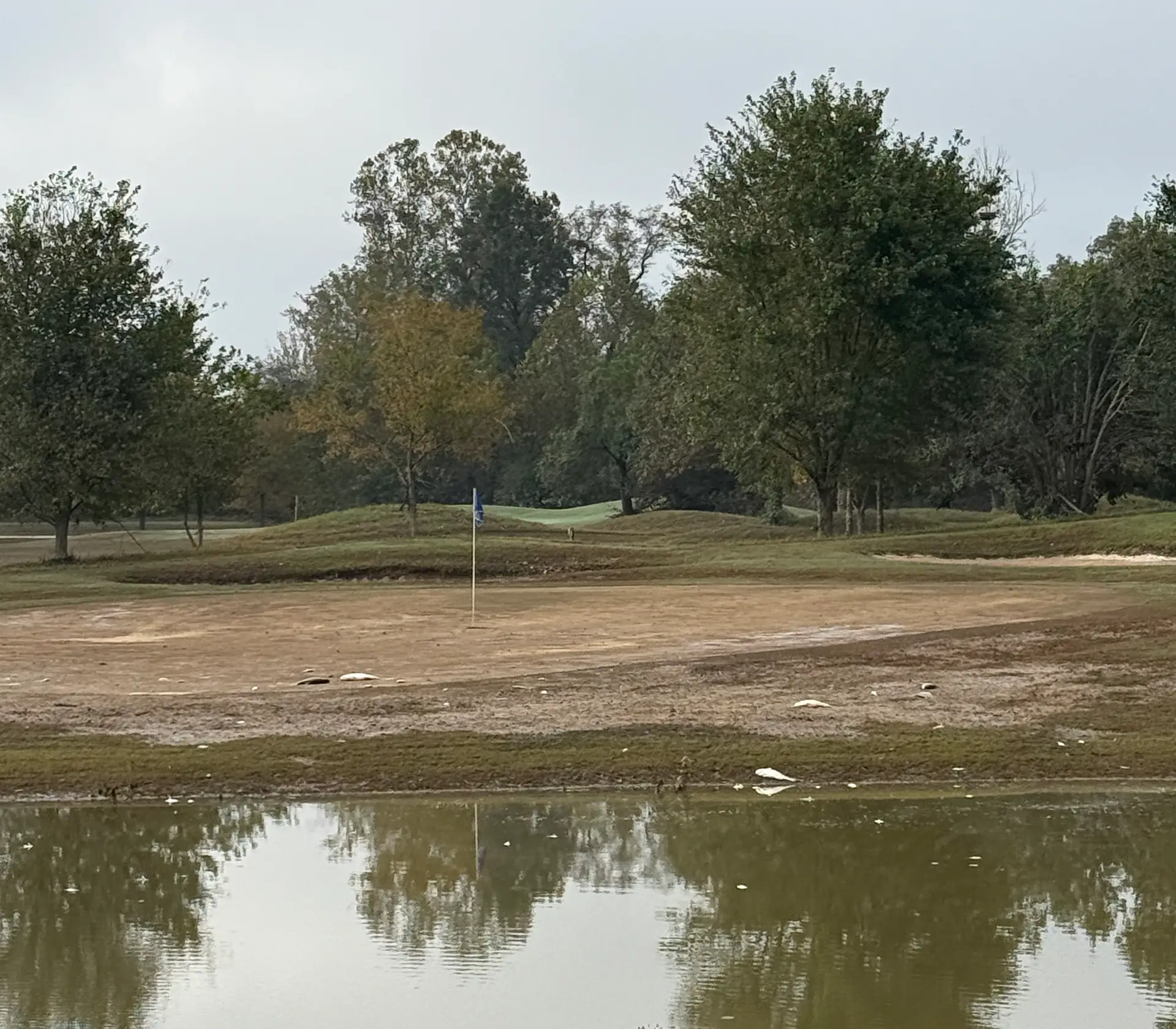
The course’s maintenance facility was completely submerged, the costly equipment it contained piled one piece on top of another like a jumble of Lincoln Logs. Its clubhouse, which sits 16 feet above the course’s elevation, had three feet of muddy, brown water in it, its kitchen destroyed. The trees that ran between many of its holes just up and disappeared. The Broadmoor property looked more like a toxic waste site than a golf course.
“It was like a tornado went through,” says Cooper. “When I finally got out to the property two or three days later, the only thing we had that worked were shovels and rakes.” To make matters worse, for the next four weeks, the site didn’t get any rain. The mud left behind by the flooding baked hard as brick. Cooper had to lay off 32 people, and to shift the focus of his remaining team to cleaning up the mess.
Fast-forward to today, and the future for Broadmoor Golf Links has never looked brighter. The course had insurance.
“All of a sudden, we’ve got a huge influx of cash. It never would’ve made sense for anybody to do what we’re doing now unless you were a billionaire. Now, we’re going from being a good public golf course to something that’s really going to be special.”
Cooper, who’d gone to college to study landscape architecture and had dreamt at one time of becoming a golf course architect, enlisted the golf architectural team of Carlton Marshall—Justin Carlton and Lee Marshall—to oversee the resurrection of the course. The trees were mostly gone, so it will actually look and play more like the links advertised in its name. Bunkers were moved, added, and/or reshaped to give them a more natural look. The fairways were widened. The course is now Tahoma 31 Bermudagrass from wall to wall, except for the 007 bentgrass greens. Cooper himself suggested changes to Holes 10, 11, and 12—in effect reversing their routing—which the architects agreed would constitute a major improvement. The staff have christened it “Cooper’s Corner.”
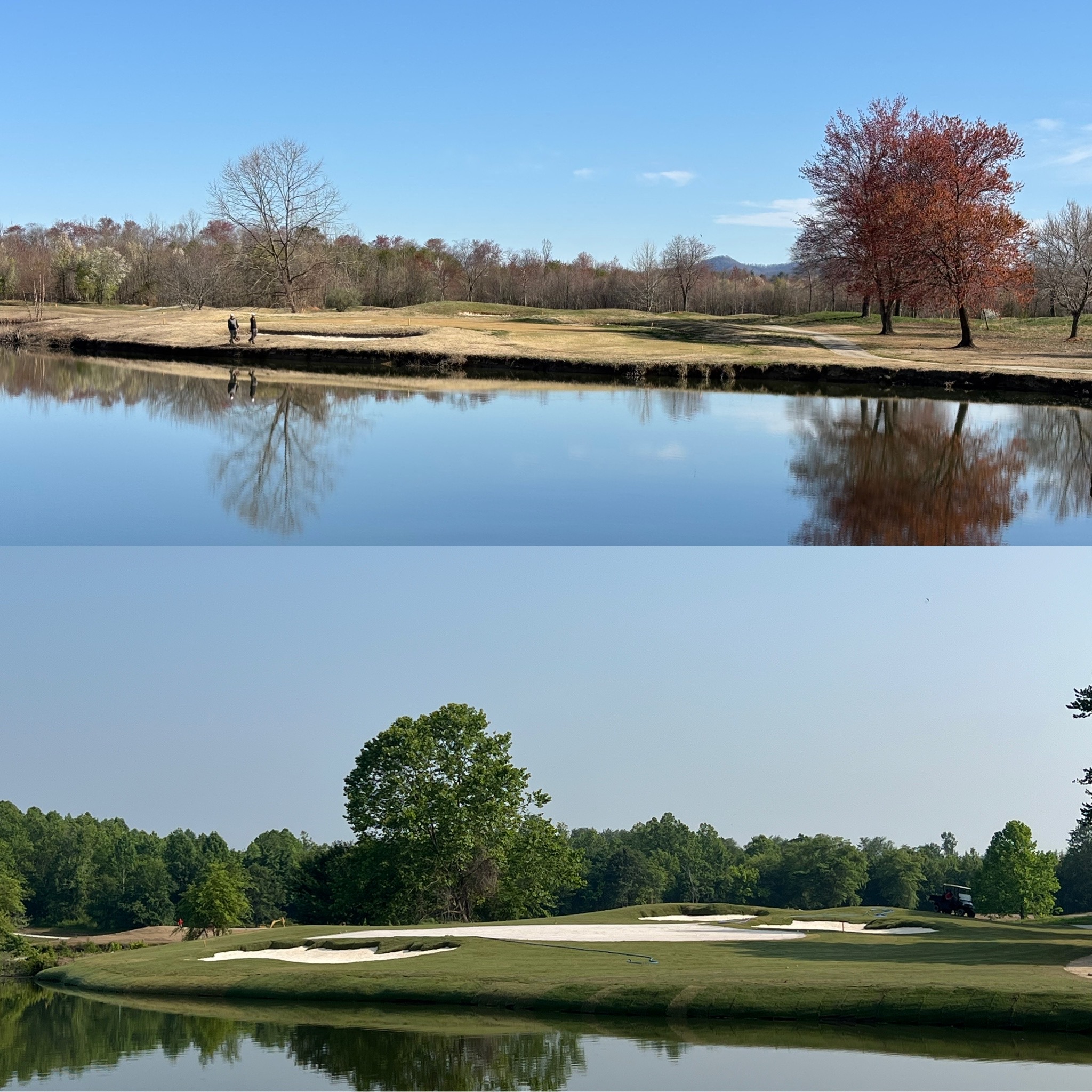
“We have three really great holes there now,” he says, “rather than two boring par fours and a stupid par five.”
Broadmoor’s clubhouse was totally gutted and will reopen as a brand-new experience. A new driving range is going in, too, along with a 20,000-square-foot Himalayas-style putting green. When it all reopens in May or June of 2026, it’s going to be something worth the wait.
“This place is just as important as a coffee shop or a VFW or a local library to this community,” Cooper says. “It was so hard to get through it, but now it’s so exciting.”
The region still has a long way to go before anyone will forget Helene. Families that lost loved ones or homes or their entire communities never will. But the region’s communities have come together, including the golf community, and it will always be one of America’s most beautiful places.
“The area suffered a black eye, for sure,” says Heustis. “But it’s on its way to recovery. And Asheville is certainly welcoming people back and encouraging that. It’s still a great place to be.”


